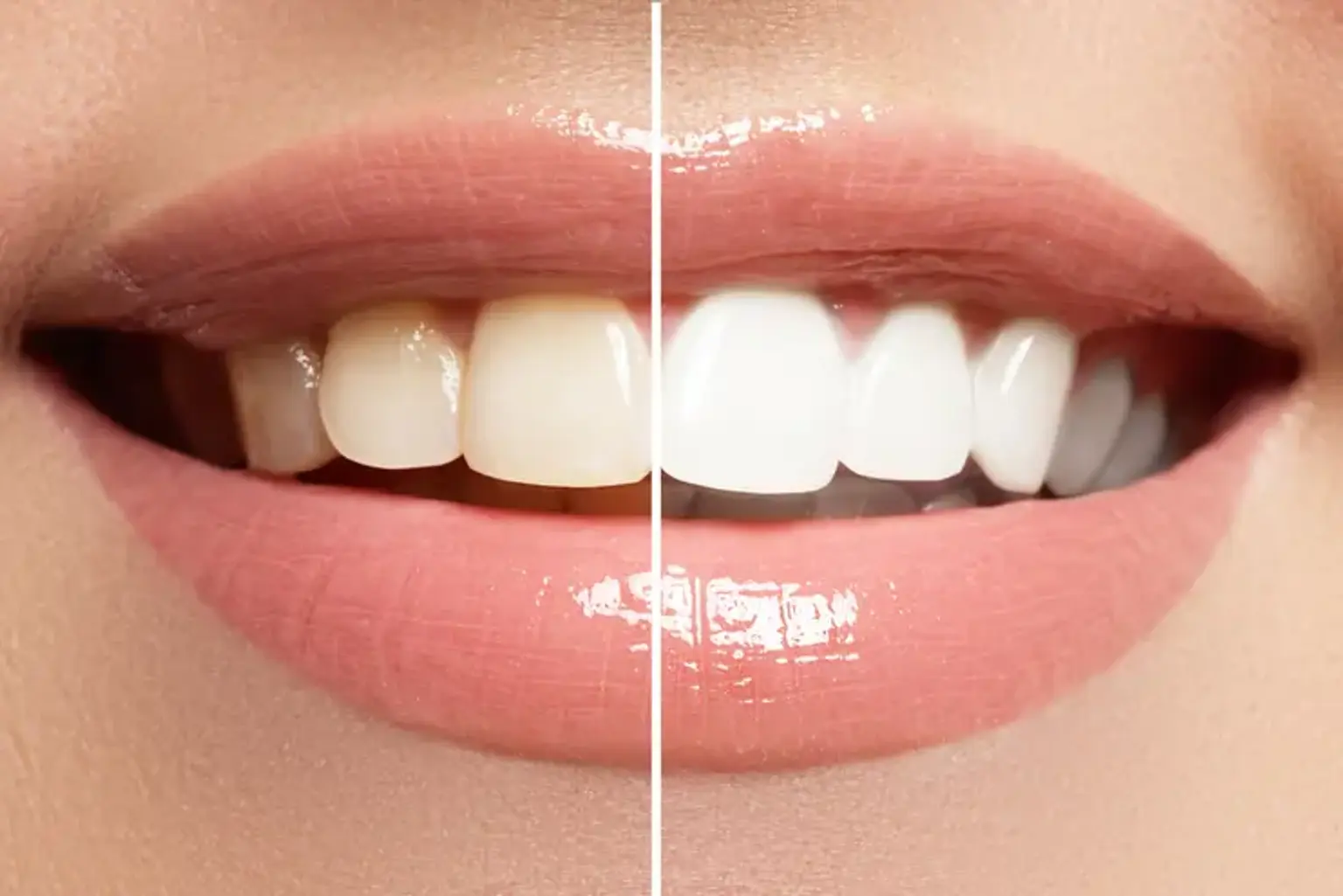Introduction
A bright, white smile is often seen as a symbol of beauty, health, and confidence. It’s no wonder that teeth whitening has become one of the most popular cosmetic dental treatments worldwide. While over-the-counter whitening products are widely available, many people turn to professional teeth whitening for more immediate and noticeable results.
Professional whitening is a safe and effective way to enhance the appearance of your teeth, helping to remove stubborn stains caused by factors like coffee, tobacco, or aging. Unlike at-home products, professional treatments are customized for your needs, delivering faster, more dramatic results. Whether you're looking to brighten your smile for a special occasion or simply want to boost your confidence, professional teeth whitening offers a reliable solution.
What is Professional Teeth Whitening?
Professional teeth whitening is a cosmetic dental treatment that aims to brighten teeth by removing stains and discoloration. Unlike over-the-counter products, professional whitening treatments are typically performed in a dental office by a licensed dentist, providing stronger and more effective results. These treatments utilize specialized whitening gels or laser technology to break down stains, often achieving noticeable results in just one session.
Why Choose Professional Teeth Whitening?
Although there are many at-home teeth whitening products available, professional treatments are considered more effective. Dentists have access to stronger whitening agents and advanced tools, ensuring quicker and more dramatic results. Whether your teeth have been stained by coffee, tobacco, or aging, professional whitening can help restore their natural shine and improve your smile.
